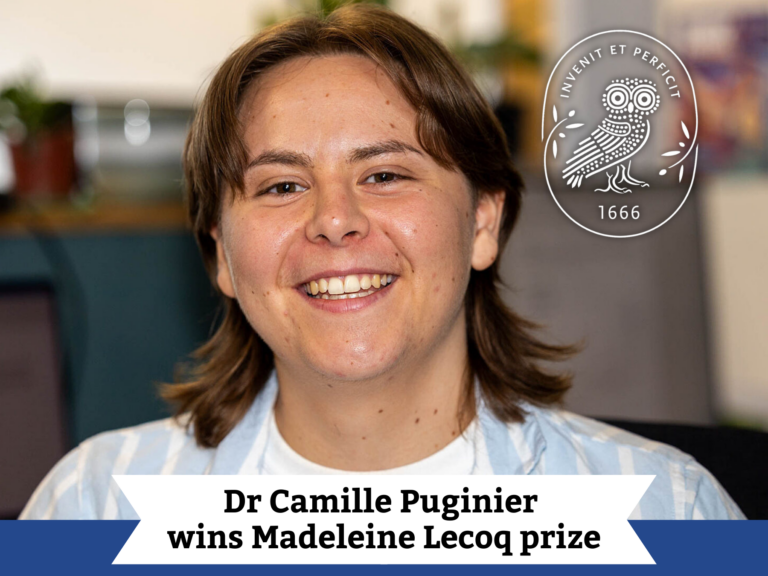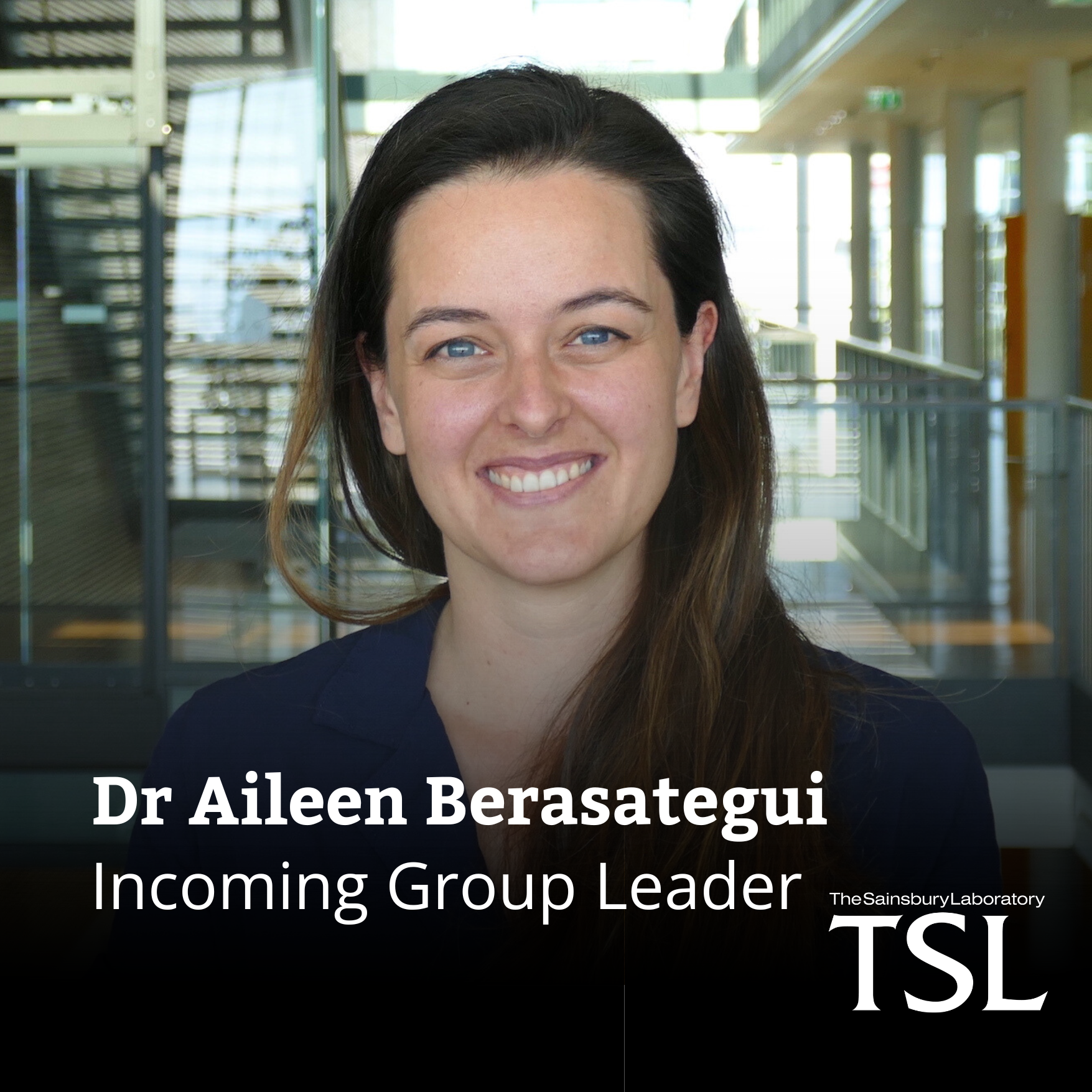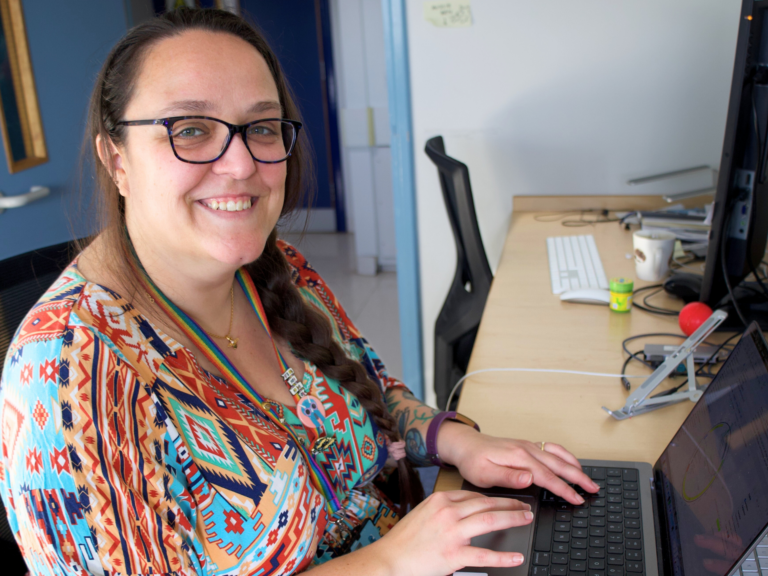New world-class scientific collaboration to combat devastating crop rusts
Seven scientific teams from the co-located John Innes Centre (JIC), The Sainsbury Laboratory (TSL) and The Genome Analysis Centre (TGAC), have joined forces in the fight against rust fungi which can cut crop yields by up to 80 percent.
The newly formed Norwich Rust Group aims to develop durable resistance in crops. Exploiting advances in genomics, scientists will investigate how parasitic rust fungi invade and feed off plants. They will also use these new techniques to locate genes in some varieties of crops which are able to resist invasion. There are more than 7,000 species of rust fungi, some of which are among agriculture’s most devastating pathogens, causing diseases such as Wheat Stem Rust, Wheat Yellow (Stripe) Rust, Asian Soybean Rust and Coffee Rust.
Rust fungi cause billions of pounds of losses every year worldwide. Counter-measures to control rust diseases rely on fungicides, which are highly regulated, environmentally unfriendly and expensive. In the developing world where growers often cannot afford fungicides, rust fungi have the potential to cause rising food prices, hunger and malnutrition.

It is estimated that the annual global loss of flour as a result of wheat stem rust alone would almost meet the annual calorie needs of the entire undernourished population of sub-Saharan Africa.

The biology of rust fungi has been poorly understood compared with other important plant pests, mostly because they only grow and spread on a living host making it harder to conduct research in a laboratory. Also, rust fungal genomes are large compared to other pathogenic fungi, which has made genetic studies expensive and impractical. However, recent advances in sequencing technology have allowed researchers to obtain the genomes of many rust fungi and their respective hosts. This has revolutionised the way scientists carry out their research; it is now possible to understand the mechanisms these fungi use to infect plants, as well as key genes that plants have to resist infections.
The Norwich Rust Group comprises Drs Peter van Esse, Ksenia Krasileva, Matthew Moscou, Benjamin Petre, Diane Saunders, Cristobal Uauy and Brande Wulff. Their combined research interests range from detailed understanding of how pathogens cause disease through to the breeding of resistance in the host plants. They specifically focus on rust pathogens that infect agriculturally and economically important plants such as wheat, barley and soybean. Recognizing the need for research in this field, The Biotechnology and Biological Sciences Research Council (BBSRC) funds a large number of research projects that are carried out within the Norwich Rust Group.
The Norwich Rust Group (NRG) aims to become a hub for rust research and already has 52 collaborators in 23 countries around the world - all driven to develop new technologies and approaches to combat rust fungi efficiently.
Professor Cyril Zipfel, Senior Group Leader and Head of TSL, said: “World-wide, the many different varieties of fungal rust cost billions annually in crop losses and fungicidal treatments. In developing countries they can lead to hunger and malnutrition. Until recently we simply didn’t have the technology to understand how they worked. Advances in genomics and scientific research in this area mean we are able to get a better grip of rust pathogens and to investigate how to make plants resistant to them.”
Professor Dale Sanders, Director of the John Innes Centre said: “This is a very exciting collaboration between three institutes with world-leading scientific expertise in genetics, plants and plant pathogens. The fact that the seven scientific teams in the Norwich Rust Group are within walking distance of each other on the Norwich Research Park means they can work as a single force, with open access to each other’s complementary expertise and technologies.”
Mario Caccamo, Director of TGAC said: “This collaboration will be complemented by access to scientific teams working on state-of-the-art technology platforms. Scientific and technological advances in DNA sequencing and computational tools will play a key role in developing refined approaches to combat the effect of these devastating crop pathogens.”


